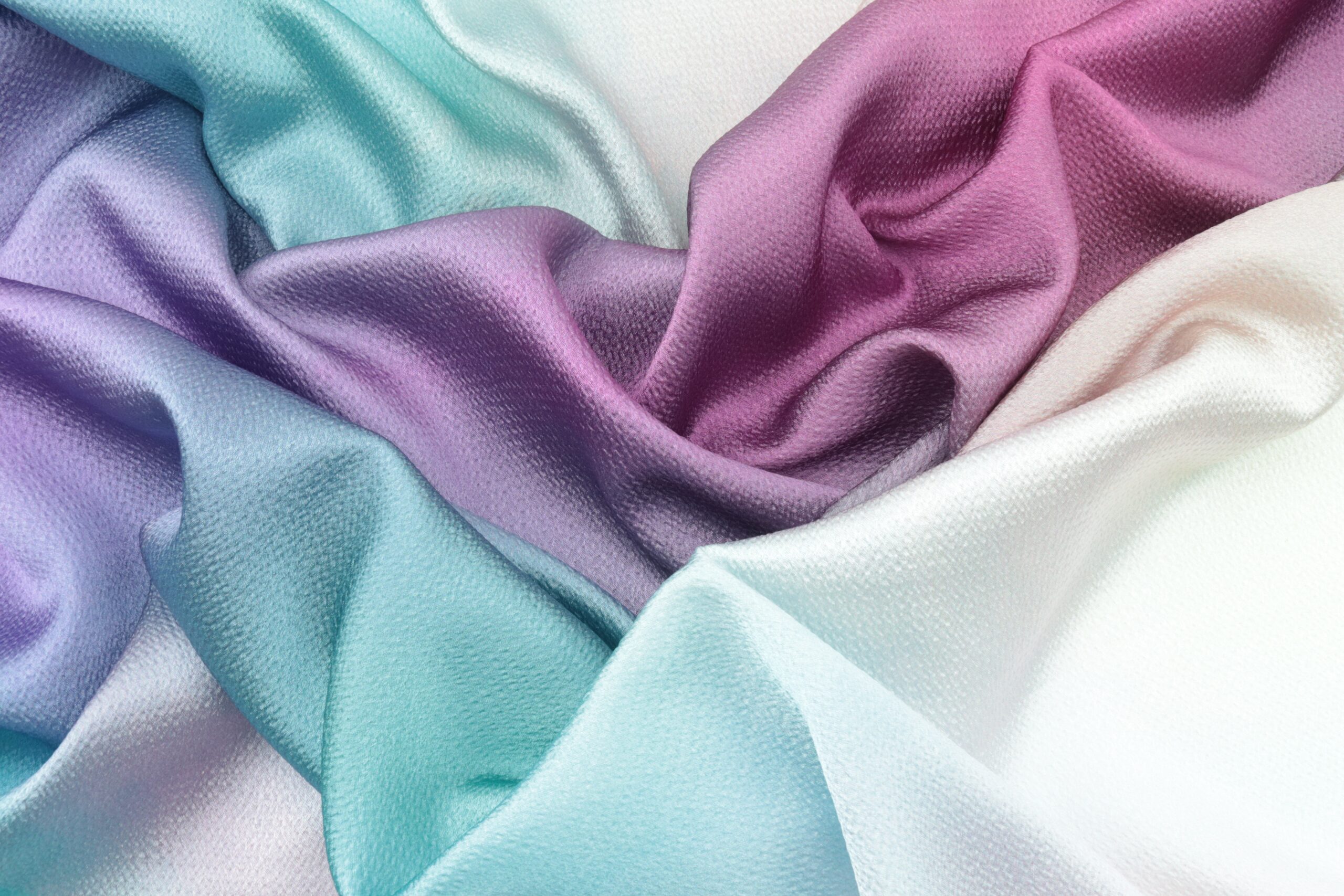
Why You Shouldn’t Wear Synthetic Fabrics
Plastics and chemicals have become so common in our day to day lives and our wardrobes are no exception. Plastics and chemicals are riddled throughout our closets and chances are, most of your favourite pieces are not made from “real” fabrics. Continue reading to find out what synthetic fabrics are and why you should avoid them.
What are synthetic fabrics?
Synthetic fabrics are man-made textiles created from chemical processes using synthetic fibers. They are designed to mimic the properties of natural fibers like cotton, silk, or wool, or to offer unique characteristics such as durability, moisture-wicking, or resistance to wrinkles.
The more man-made benefits you get from something, the more you know that it is not natural and therefore, not good for your body, mind and soul.
Why should you avoid synthetic fabrics?
According to an article by Saddle Back Leather, there are studies that link miscarriages to polyester underwear, infertility in women and sterility in men. The article also discusses how some scientists say that polyester can be toxic to babies and that its best to avoid.
While these are two great reasons why you shouldn’t wear synthetic fabrics, other great reasons include:
- Synthetic fabrics like polyester and nylon can sometimes cause skin irritation, itching, or allergic reactions due to their non-breathable nature and the use of chemicals in their production. (Reference: Chou, S. Y., & Leu, J. D. (2007). The chemical characteristics of polyester microfiber surface and its effect on the comfort properties of fabrics. Fibers and Polymers, 8(6), 669-675.)
- Synthetic fabrics shed tiny microplastic fibers when washed, contributing to microplastic pollution in oceans and waterways. (Reference: Browne, M. A., Crump, P., Niven, S. J., Teuten, E., Tonkin, A., Galloway, T., & Thompson, R. (2011). Accumulation of Microplastic on Shorelines Worldwide: Sources and Sinks. Environmental Science & Technology, 45(21), 9175–9179.)
- These same microplastics that can cause pollution also find their way into your skin and body. Studies show that inhaled polyester and nylon microfibres may stunt the ability for lungs to repair themselves and can also lead to respiratory problems, inflammation, asthma, bronchitis and autoimmune diseases. (Reference: https://blog.planetcare.org/microfibers-health-risks/#:~:text=Microfibers%20are%20sneaky%20and%20persistent,could%20then%20already%20infiltrate%20organs.)
- Polyester in sleepwear (pillows, pyjamas and bedding) is a cause of insomnia, headaches and fatigue. High end hotels will only use 100% cotton as it allows your body to regulate its temperature. (Reference: https://saddlebackleather.com/polyester-is-dangerous-and-bad-for-your-health/#:~:text=Other%20studies%20and%20scientists%20say,up%20to%203%20days%20later.)
Truthfully, the list goes on and on. I could sit here all day giving you reasons as to why you shouldn’t wear synthetic fabrics but it’s really something that comes down to logic. We can choose to wear plastic man-made fabrics or we could choose to wear organic and natural fabrics.
Examples of fabrics to avoid.
- Polyester:
- A versatile synthetic fabric known for its durability, wrinkle resistance, and moisture-wicking properties.
- Reference: https://www.textileschool.com/281/polyester-fiber-and-its-uses/
- Nylon:
- A strong and lightweight synthetic fabric used in various applications, including activewear and hosiery.
- Reference: https://www.britannica.com/topic/nylon
- Acrylic:
- A synthetic fabric often used as a wool substitute, known for its softness and warmth.
- Reference: https://www.britannica.com/topic/acrylic-fiber
Moving forward…
While you can’t avoid polyester and other synthetic fabrics forever, you can aim to significantly reduce the amount you use and purchase these fabrics in your every day life. The goal is never perfect but progress. As long as you are making small steps each day to improve your health, you are going to live a very long and happy life. So next time you go to buy a new outfit or bed sheet, make sure you first check the label to see what the item is made of. Chances are you will struggle to find clothes without plastics, hence why we are going to start posting some of our favourite brands without polyester. Stay tuned!







